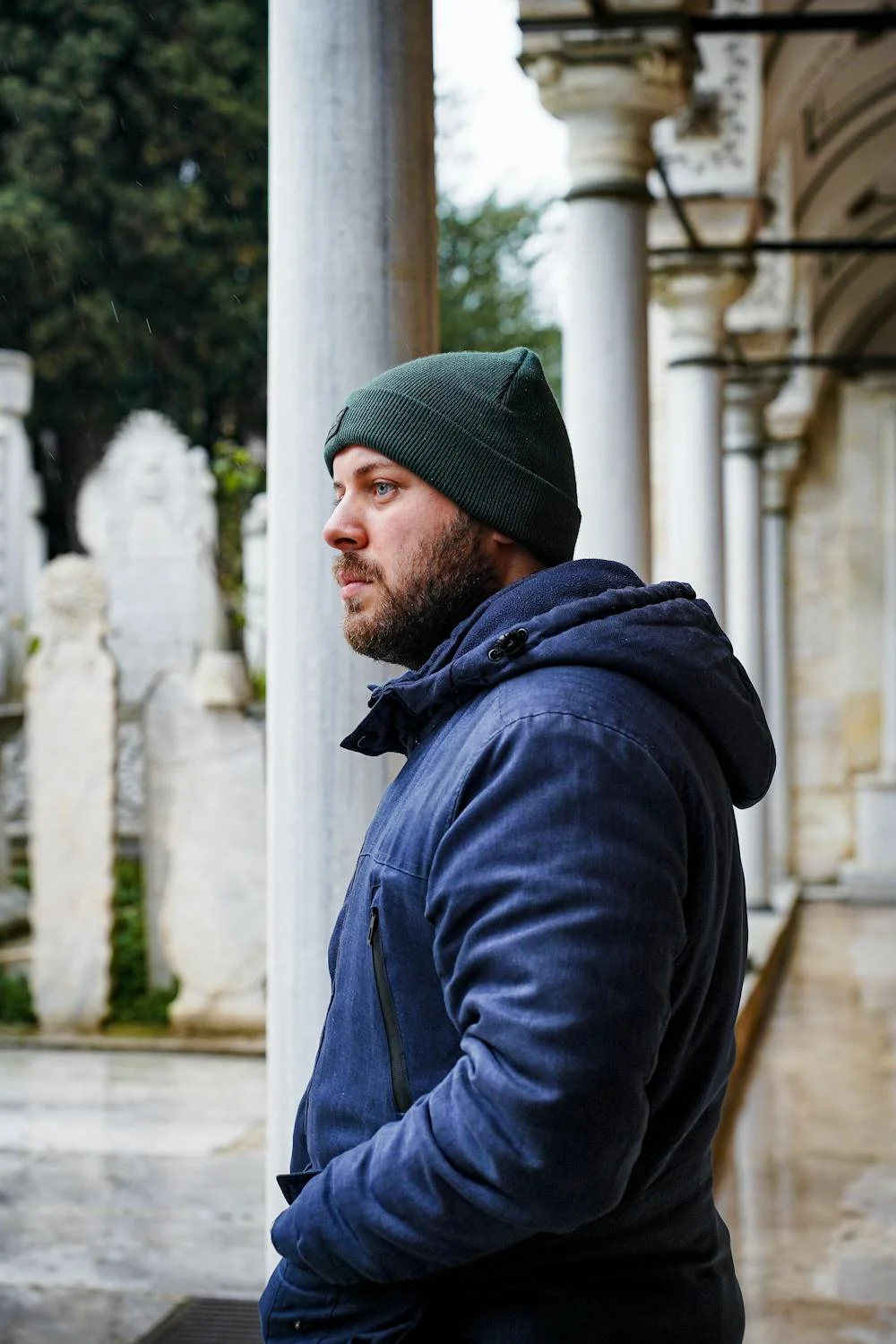
Taking good care of the plants in your backyard can bring you great satisfaction.On the other hand, it also offers a good deal of challenges. Occasionally, you could come upon strange things that leave you scratching your head. Recently, a Reddit user from Oklahoma found something unusual in their trees: a significant quantity of yellow jelly and what they referred to as a “jelly alien nut.” Confused and curious, they turned to the online community for answers.
This mysterious phenomenon was determined to be caused by cedar-apple rust. To complete its life cycle, it requires two hosts; apples and crabapples are the most common hosts. Although the name implies cedars are involved, juniper trees can also be affected.
How to Identify Apple-Cedar Rust
The symptoms of cedar-apple rust vary depending on the type of tree it infects. On the twigs of juniper bushes, brown, persistent galls may develop. When spring weather turns damp, these galls grow orange gelatinous horns. The juniper host is unaffected, however the twig farther away from the gall may die.
The leaves of apple or crabapple trees get circular yellow blemishes shortly after they bloom. As summer progresses, these lesions turn into brownish tufts of threads or cylindrical tubes. They are hidden beneath the blotches on leaves, twigs, and fruits.

Understanding Life Cycle
Now, you might be wondering how long this ailment lasts. Well, galls start to form seven months after the initial disease. After eighteen months, they turn into gelatinous lumps. The galls produce golf-ball-shaped depressions from which telial horns emerge the following spring. When it rains in the spring, the brownish telial horns spread out and become a vivid orange color. When they release their spores, the horns eventually droop, dry out, and fall off. After they die, the galls remain attached to the tree for as least a year. The infection is most noticeable in the spring when the galls are covered in gelatinous masses.
Managing Cedar-Apple Rust
Fortunately, there isn’t much of a treatment for this infection. Cut off the afflicted areas to prevent the illness from spreading. It’s crucial to keep in mind that cedar-apple rust won’t kill your trees—it will only damage the plants’ aesthetics. If you would rather be proactive, you can use fungicides or select apple cultivars that are resistant to this disease.
To sum up
In conclusion, even though you might not often see cedar-apple rust in your backyard, your trees are not in grave danger. It’s essential to comprehend this infection so that, in the event that it materializes, you can respond appropriately. Tell people about this information so they too can recognize and understand cedar-apple rust. I’m toasting to your productive gardening!
My Stepdaughters Made My Daughter Sleep on the Floor After Her Mom Died – Shocked, I Stepped in Immediately

When my grieving daughter called, sobbing that her stepsisters made her sleep on the floor the night of her mother’s funeral, my heart broke. With no support from my wife, I took matters into my own hands.
Blending families was never easy. After eight years of marriage to Candace, I thought we’d figured it out.

A happy family with kids | Source: Pexels
My daughter, Shiloh, is 16. She’s quiet and thoughtful, always preferring a book or a sketchpad to the chaos of her stepsisters, Anna, 19, and Sophie, 17.
Anna and Sophie, on the other hand, are the life of the party. Over the years, I’ve watched Shiloh try to fit in, but she’s always been the outsider.

A sas girl in her bedroom | Source: Pexels
Candace assured me it was normal sibling dynamics, but there were moments that felt like more than that. I’d catch Shiloh retreating to her room with her lips pressed together in that tight way she has when she’s holding back tears after a comment from Anna or Sophie.
Then, last week, the unthinkable happened.

A crying girl covering her face with her hands | Source: Midjourney
Shiloh’s mother, my ex-wife, passed away unexpectedly. I was away on a business trip, and the call left me stunned. My mind raced through disbelief, grief, and worry for my daughter. She was incredibly close to her mom. This would shatter her.
I left immediately, driving through the night to get to her. Candace offered to take the girls ahead, and while I was grateful, something about the hotel arrangements left me uneasy.

A thoughtful man outside | Source: Pexels
Two rooms — one for Candace and me and one for the girls. “It’ll keep the peace,” Candace had said, brushing off my concerns. I trusted her to handle it, but a knot of doubt had settled in my chest.
I was halfway through my drive when my phone buzzed. It was Shiloh.
“Hey, sweetheart,” I said, my voice soft.

A man looking at his phone while driving | Source: Midjourney
She didn’t answer right away. When she finally spoke, her voice was small and shaky. “Dad… I’m sleeping on the floor.”
I blinked, gripping the steering wheel tighter. “What? Why?”
“Anna and Sophie said the bed’s too small for three people,” she mumbled. “They told me it’d be better if I slept on the floor.”

A crying girl sitting on the floor | Source: Pexels
I felt my jaw tighten. “Did you tell Candace?”
“She said it’s just for one night and to let it go,” Shiloh said, her voice cracking. “It’s fine, Dad. I didn’t want to make a big deal.”
I could hear the tears in her voice, and it broke something inside me. “No, honey,” I said, my voice firm. “It’s not fine. You shouldn’t have to do this.”

A shocked man in his car | Source: Midjourney
I pulled the car onto the shoulder of the road and ran a hand through my hair, trying to calm the anger that was building.
“Listen to me,” I said. “You’ve done nothing wrong, okay? This isn’t about making a big deal — it’s about what’s fair. You don’t deserve this, especially not now.”
Her sniffles on the other end of the line made my chest tighten.

A crying young woman | Source: Pexels
“Dad,” she said quietly, “it’s okay. I don’t want to fight with them.”
“Sweetheart,” I said, forcing my voice to stay calm, “you just lost your mom. The last thing you need is to feel like this.”
When I hung up, I didn’t hesitate. I called Candace immediately. She picked up quickly, her tone light.
“Hi, honey! Still on the road?”

A woman on her phone | Source: Pexels
“What’s going on over there, Candace?” I said, skipping any pleasantries.
There was a pause. “What do you mean?”
“Shiloh just called me. She’s crying because Anna and Sophie made her sleep on the floor. Why didn’t you step in?”
Candace sighed. “The girls said the bed was too cramped. It’s just one night, Robert. She’ll be fine.”

An annoyed woman talking on her phone | Source: Midjourney
“She’s not fine,” I snapped. “She’s grieving, Candace. And now she’s being pushed onto the floor like she doesn’t matter?”
“She’s not being pushed!” Candace shot back. “They’re just trying to be comfortable. I don’t see the problem here.”
“The problem,” I said, my voice rising, “is that Shiloh is there all by herself, and instead of supporting her, you’re letting her feel like an outsider. How can you be okay with this?”

An angry man talking on his phone | Source: Midjourney
Candace’s tone grew sharper. “What do you expect me to do, Robert? Force Anna and Sophie onto the floor? They’re kids too! This isn’t easy for them either.”
“They didn’t just lose a parent!” I snapped. “Shiloh is trying to hold herself together, and instead of making things easier for her, you’re brushing it off like it’s nothing!”
Candace let out a frustrated sigh. “You’re blowing this out of proportion. It’s one night. Shiloh can handle it.”

A frustrated woman talking on her phone | Source: Midjourney
I felt a bitter laugh escape my throat. “This isn’t about handling anything. It’s about showing her that she’s not alone. How do you not see how important this is?”
I was still hours away when my phone buzzed again. Candace’s name lit up the screen, and I braced myself as I answered.
“What did you do, Robert?” she demanded, her voice low but furious.

An angry woman talking on her phone | Source: Midjourney
“What I had to,” I said flatly, gripping the wheel. “Shiloh called me crying because Anna and Sophie made her sleep on the floor. You brushed her off, so I called the hotel manager, booked her another room, and asked them to escort her there.”
“You booked her a private room?” she snapped. “Without even talking to me?”

A smiling man talking on his phone | Source: Midjourney
“I didn’t have time to talk, Candace,” I said, my voice tightening. “You made excuses instead of standing up for my daughter. I had to act.”
“She could have handled one night, Robert!” Candace said, her tone sharp. “Do you realize what you’ve done? Anna and Sophie are furious. They think you’re playing favorites.”

An angry woman talking on her phone in a hotel room | Source: Midjourney
“Playing favorites?” I repeated, anger flaring. “This isn’t about favorites. Shiloh is living through possibly the worst moment of her life, Candace. She doesn’t need a lesson in ‘toughing it out’ right now. She needs support.”
“You’re undermining me,” she shot back. “Do you know how this looks? I’m supposed to be in charge while you’re away, and you went behind my back to fix something that wasn’t even that big of a deal!”

An angry man talking on his phone in his car | Source: Midjourney
“It was a big deal,” I countered. “Shiloh deserved better, and no one stood up for her — not even you. How do you think that makes her feel?”
When I arrived at the hotel early the next morning, the tension was already simmering. I walked into the lobby and called Candace to let her know I was there.
“She’s in her new room,” Candace said curtly. “Anna and Sophie are upset, and I don’t know how you’re planning to fix this.”

A couple having a serious talk in a hotel room | Source: Midjourney
“Candace, this isn’t about fixing their feelings,” I said. “It’s about doing the right thing.”
The heated argument continued after I left the funeral preparations that morning.
“Anna and Sophie won’t even look at you,” Candace said. “They feel like you’ve chosen Shiloh over them. This could ruin everything we’ve built.”
“Built?” I said, incredulous. “Candace, if what we’ve built can’t survive me standing up for my grieving daughter, maybe it wasn’t as strong as you think.”

An angry man talking in a hotel room | Source: Midjourney
“That’s unfair,” she said quietly, but her voice lacked conviction.
“What’s unfair is how you let her be treated,” I said, my frustration boiling over. “She’s a kid who just lost her mom, Candace. I expected you to show some compassion. Instead, you treated her like an inconvenience.”
“I care about Shiloh,” she insisted.

An offended woman with her arms crossed | Source: Freepik
“Then why didn’t you act like it?” I asked, my voice softening but still firm.
At the funeral, I stayed close to Shiloh. She clung to my arm, her head bowed low, her face pale with grief. The service was heartbreaking, but I couldn’t take my eyes off her.
Her hands trembled as she wiped at her tears, and my heart ached watching her hold it all in. When the service ended, she turned to me and whispered, “Thank you for everything, Dad.”

A black and white photo of a crying girl | Source: Pexels
Her words were simple, but they meant everything.
Once we were back home, I sat Candace down for a serious conversation.
“We need to talk,” I said.
“Robert, I’m tired of rehashing this,” she replied, crossing her arms.

An angry woman sitting on the couch | Source: Midjourney
“Candace, this isn’t about arguing,” I said firmly. “It’s about making sure this never happens again. Shiloh needs us — needs you — to be better. She’s already lost her mother. She shouldn’t feel like she’s losing her place in this family too.”
Candace sighed, looking away. “I didn’t handle it right,” she admitted quietly. “But you made me feel like I don’t have a say.”

A serious man in his living room | Source: Midjourney
“You always have a say,” I replied gently. “But when it comes to Shiloh, I won’t compromise on making sure she feels loved and safe. I hope you can understand that.”
Candace nodded reluctantly. “I’ll try to do better,” she said, though her tone held a trace of resentment.
Later that evening, Shiloh hugged me tightly. “Thank you for standing up for me, Dad,” she whispered.

A father hugging his daughter | Source: Midjourney
I held her close, realizing that I’d made the right choice. From now on, I resolved to set clearer boundaries, ensuring that Shiloh always felt supported, no matter what it cost me.



Leave a Reply